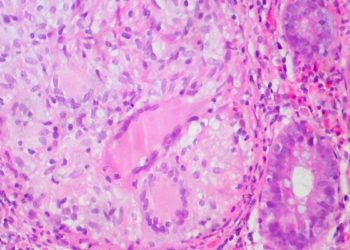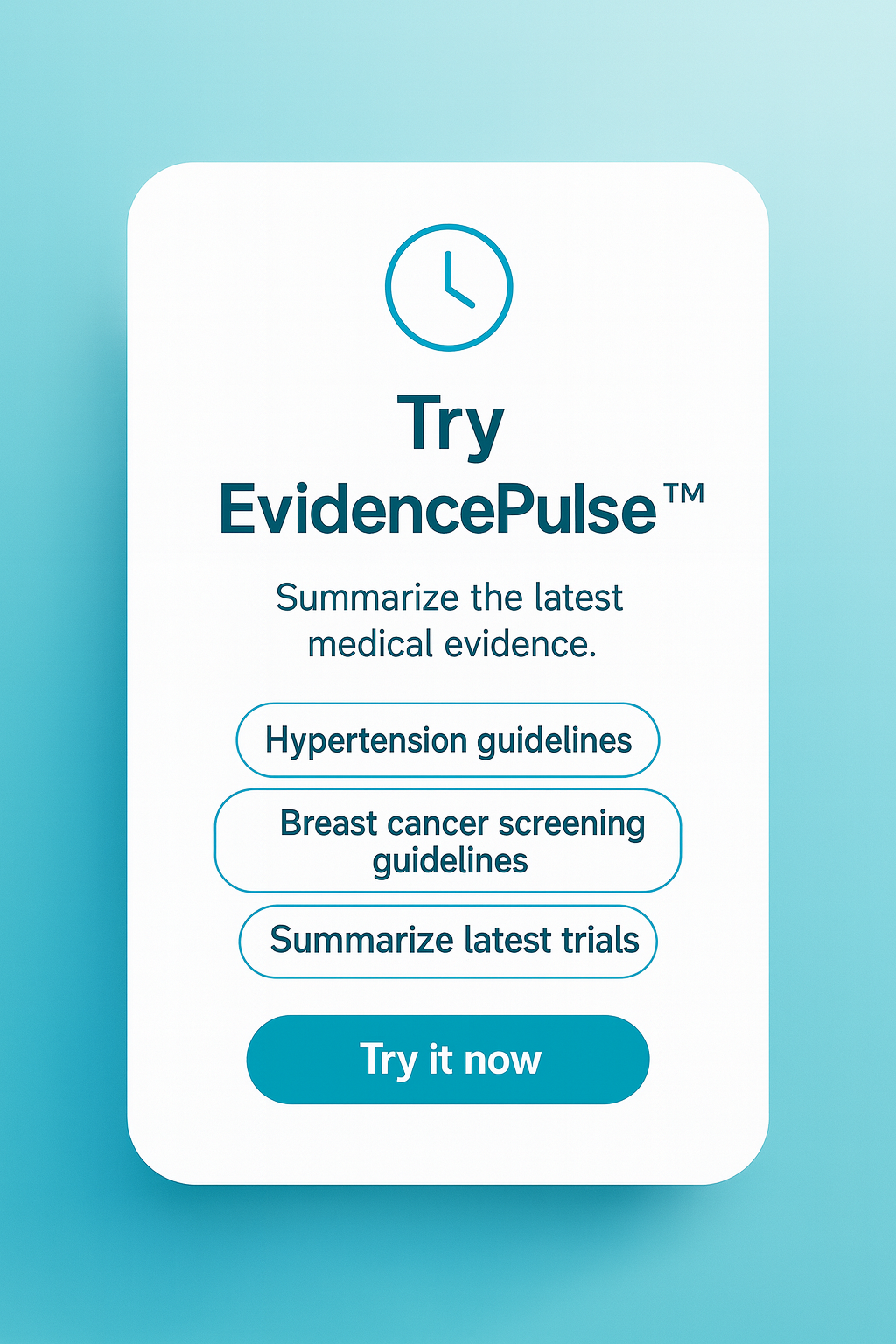Smelling and tasting milk alongside tube feeding does not improve weight in preterm infants
1. Smell and taste of milk with tube feeding did not change weight in preterm infants at time of discharge.
2. Smell and taste of milk may be associated with improved head circumference and length.
Evidence Rating Level: 1 (Excellent)
Supporting weight gain in infants born prematurely is clinically challenging. Preterm infants are often nutritionally supported by tube feeding due to poor milk tolerance. However, whether supplying smell and taste of milk alongside tube feeding can improve weight gain in preterm infants has not been extensively tested.
This randomized control trial was conducted at two different hospitals in Australia and tested the effect of exposing infants to the smell and taste of milk with tube feeding of milk. A total of 396 preterm infants (born <29 weeks postmenstrual age) with birth weight <1250g were randomized to receiving tube feeding with smell and taste of milk (196 infants) or just tube feeding (200 infants). Infants considered too sick to participate and those with congenital conditions that led to impaired growth or digestive dysfunction were excluded from the study. The primary outcome was weight z-score at discharge from hospital.
Compared to the control group, infants treated with smell and taste of milk did not have significantly improved weight z-score at discharge. However, treatment group infants had statistically significant better z-score for head circumference and length at 36 weeks postmenstrual age but not at discharge. However, this study was limited in that the group allocation was not concealed from care teams, participants, or researchers in both trials, which may have introduced a significant risk of bias. Nonetheless, even though inclusion of smell and taste of milk was not superior to just tube feeding in weight gain, this study was significant in suggesting there may have been still some benefits that deserve further study.
Click to read the study in JAMA Pediatrics
Image: PD
©2021 2 Minute Medicine, Inc. All rights reserved. No works may be reproduced without expressed written consent from 2 Minute Medicine, Inc. Inquire about licensing here. No article should be construed as medical advice and is not intended as such by the authors or by 2 Minute Medicine, Inc.








